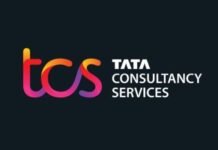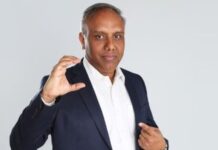
I recently read the book– Work: A History of How We Spend Our Time’ by James Suzman, an engaging account of how Work has evolved. One of the parts is dedicated to a phenomenon around Talentwhere it talks about how McKinsey & Co. created ‘The War for Talent’ in 1998 to propagate a ‘myth of brilliance’ using a Briefing.
As per the book, what started was a crazy race for talent, paying outrageous compensation and a perception that executive talent was a rare commodity. We saw HR departments transform from Admin departments to claiming a seat at the table, yet this same briefing took some beating from leading thinkers who called this “talent myth” as a misplaced priority and thus organizations focusing on individual business in a collaborative environment.
When I started to think of it, an immediate parallel to the current COVID pandemic and the role of HR in facilitating business came to my mind. If the financial meltdown was the opportunity for Rise of Finance, this could be the moment for HR.
Alas, it didn’t happen that way as most organizations embraced the change without really thinking about the shifts they could have embraced, so what organizations did was substitution (office work with remote work), diffusion (solving for the then and their issues) rather than transforming and embracing digital truly by rethinking about the work design itself.
Come to think of it, a lot of processes Performance Management, Talent Management, Succession Management all evolved as processes during this time and yet had one thing in common – they focused on individual brilliance all fed through the approach of War for talent.
Fast forward to 2021, organizations have started shunning some of these processes or redesigning them with the knowledge that collaboration outscores individual brilliance any day. Is this a warning bell even for HR function and its “Seat at Table” or can HR contribute more meaningfully to the success of the organization?
The biggest challenge for organisations has been to maintain and grow the culture, provide a meaningful work experience and change the way organisations can be productive. That has been an area where still a lot needs to be done. I am listing below a few components that can be critical to build a great culture.
Work Design
Do the employees/ people have the autonomy to act, take decisions, and drive impact? The way organisation manages its workflows, how employees interact with each other. Organization Network Analysis is a great way to get this information, it also feeds into the organization design. The freedom to do work without being told what to do. This feeling of autonomy leads to higher work satisfaction as pointed out in numerous studies.
Purpose
Do the employees have a connect with the larger goals of the organization? Reasons why the organization exists? While it sounds simple, it is achieved by very few organizations. The reason is it is not easy for everyone to see purpose in your purpose. Can the organization demonstrate how it contributes meaningfully to society at large?
Development and Growth
Can employees see how they can develop their craft further? Does the organization offer opportunities for development, provide upskilling/reskilling? For employees to engage productively and contribute over a period of time, development plays a critical role. It needs to be anchored on key future skills that the organization requires and the employee can contribute to.
Inclusivity
Is the work environment inclusive for me to speak my mind without any fears of judgment? Being inclusive is critical for collaborative organizations to thrive. Often inclusivity starts with manager behaviour which is ignored and organization spend a lot of energy on workplace inclusion without inclusion at grassroot levels.
Equity
Does the organization give equitable opportunities to all? There are various complex dimensions of this, more so in global organizations where intersectionality becomes crucial. How organization is able to build an equitable workplace contributes to the success
To summarize, what we have seen is a shift of Human Resource from Transactional to Seat on a table to the current state where it is a kind of an HR Bubble burst. Thought leaders globally have questioned the value of HR in recent times.
However as I see it, HR is transitioning to a role where Work design and Workplace design would both be important for organizations to continue going through this continuous process of flux. This is where HR can drive impact.








